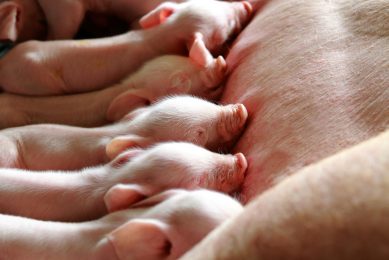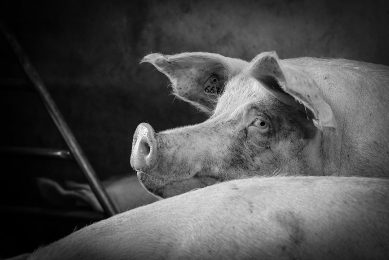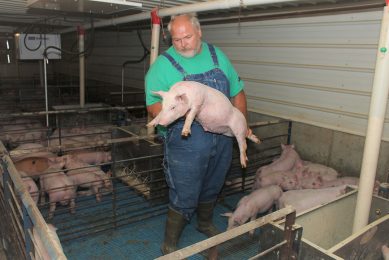Free-access ‘lock-in’ stalls vs group yards for pregnant sows
These comments follow on from Vincent ter Beek’s blog last week on the subject. This made me look up the file notes I have on 8 farms I visited recently who had installed the former and it must be over 50 who have gone in for group yards (12 on concrete slats and 38 with some, or really deep, straw).
This useful collection of farm records detailing space allowances, group numbers housed together, herd performance and most interestingly capital costs, allow me to come to some conclusions.
Observation 1. Group housing yards seem much more popular as Jacques and Harry said in their comments on Vincent’s blog.
Observation 2. The successful practitioners of each system were those who applied the correct ground rules to each one – which are very different inter alia. Even more noticeable is that those breeders who confused the rules and applied those of one to the other got disappointing results, state of affairs then got a lot better when this was rectified.
Observation 3. One of the ground rules which is applicable to both but is absolutely critical in the case of free-access stalls, is to allow enough ‘fleeing space’ in the exercise/socialising area behind the back-to-back rows of stalls.
In many cases due to the desire to save on building overhead cover costs, not enough© depth of space is provided and not less than 3 metres (4 is better) behind each row of back-out stalls must be allowed for this. The problem is compounded again on set-up cost grounds when too many sows are penned together. For the free-access stall system 50 sows is too much in one pen and 10 to 12 each side is better. This will mean more dividing gates but the extra cost is only about 7%.
Observation 4.© My records from these 58 farms suggest that while the free-access stall layout can be more expensive than group-housed yard(s), this is not always the case – some were cheaper. Both systems benefit from the use of redundant/converted buildings and costs have varied as much as six-fold across both systems.
My experience – supported by real farm results like these – is that either system, planned well and then managed well, are welfare positive, allow the sow to do what she wants to do rather than what we force her to do, and that the performance of the breeding herd is little different, if at all.
In my next blog I will lay out some ground rules for the dry sow yard system, too. Within the system there are two distinctly different guidelines and if these two are mixed up, then trouble ensues! Watch this space!©©©©©
©











